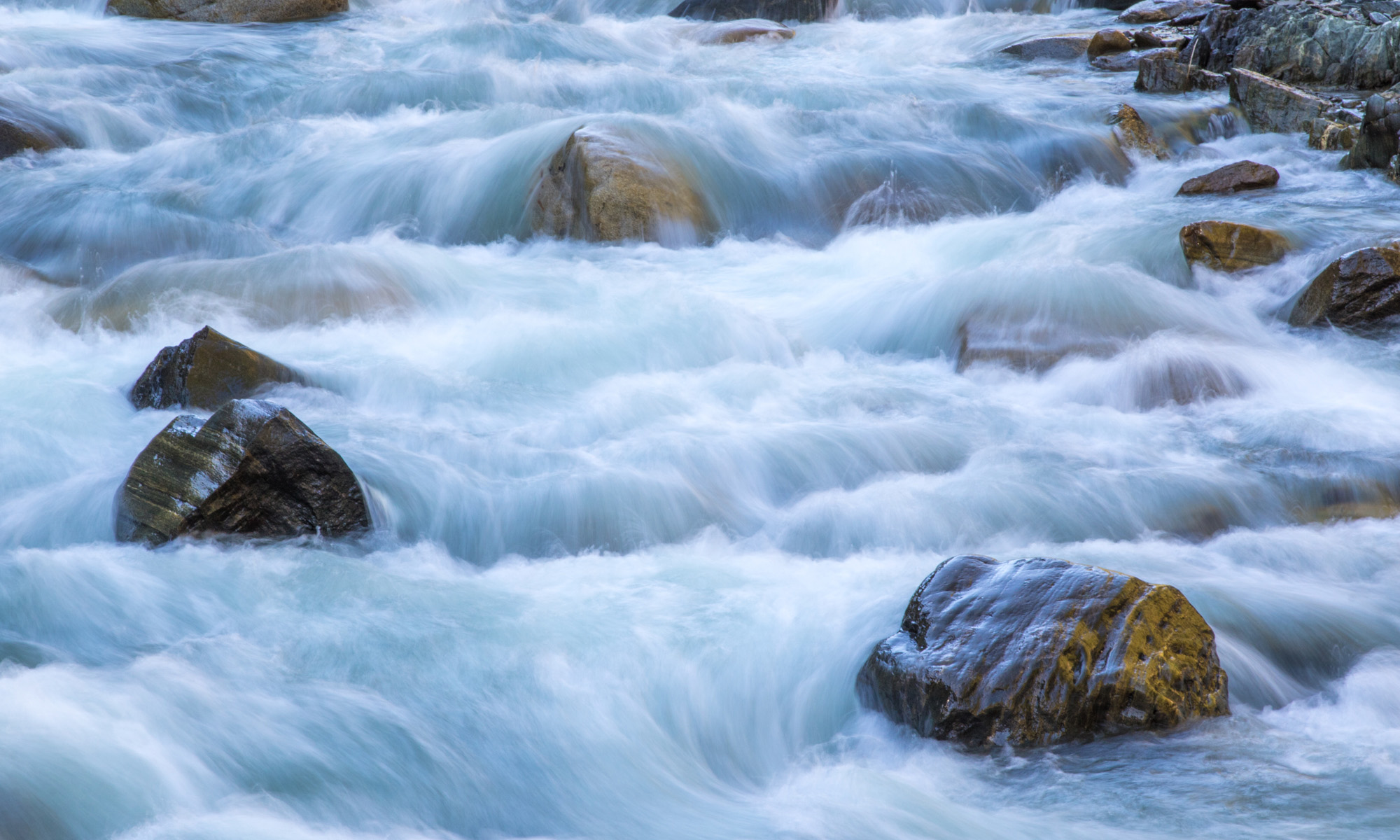

Today’s Question: I am going to be going on an African safari where we will be photographing in early morning and early evening light. I will be using a Panasonic FZ300 bridge camera, which tends to have some noise. I have the camera set so that it won’t go beyond an ISO of 400, because the noise gets pretty bad beyond that, but I usually shoot at ISO 100. It occurred to me that I might be better off setting my exposure compensation to the plus side rather than increase the ISO. My question is: Are they pretty much the same or would one be better than the other?
Tim’s Quick Answer: No, exposure compensation is not the same as ISO, and you can’t interchange the two. When it comes to photographing in low light conditions, you’ll need to keep a careful eye on the ISO setting, shutter speed, and lens aperture, to make sure you are creating the best image based on the necessary compromises.
More Detail: When we are photographing under relatively strong lighting conditions, we are often able to make our decisions about exposure settings without too much compromise. When photographing under low light conditions, there is going to be some compromise involved.
I recommend that you start off by evaluating the current conditions and determining a basic set of appropriate exposure settings. For example, you may very well be able to use a wide-open lens aperture (smallest f-number) if you are focusing from a relatively large distance and you aren’t worried about minimal depth of field.
Next, you’ll need to consider how fast a shutter speed you need based on movement within the scene and your ability to hold the camera steady if you won’t be using a tripod. As a general rule, you want to use a shutter speed that “matches” or exceeds the lens focal length. In other words, if you are using a 500mm lens you want a 1/500th of a second shutter speed (or faster), while with a 100mm lens you can probably use a 1/100th of a second shutter speed. You’ll also want to take into account motion within the scene, beyond your ability to hold the camera steady.
So, for example, you might be shooting with an aperture of f/4 and a shutter speed of 1/500th of a second when using a long lens. Now the question is how high do you need to set the ISO in order to achieve a proper exposure for the lighting conditions. In early morning light, before the sun is above the horizon, you might need to increase the ISO setting up to around 1600 in order to achieve a proper exposure.
Appropriate exposure settings will vary based on the specific conditions, of course, but the point is to evaluate the available light based on the settings you need to establish. In this specific scenario you can probably shoot with the lens aperture wide-open. Then consider a shutter speed that will be appropriate based on the degree of motion in the scene, and choose an ISO setting based on that.
Regardless, you want to achieve a proper exposure. Exposure compensation should be used to compensate for situations where the camera’s meter is “tricked” by the current lighting conditions. Exposure compensation does not, however, take the place of an appropriate ISO setting for the exposure.
In the type of situation you describe, noise will likely be unavoidable. Fortunately, through the use of noise-reduction software you can produce acceptable results even when there is noise in the original capture. But a bit of noise is better than a shot blurred by a shutter speed that is too slow, for example.

